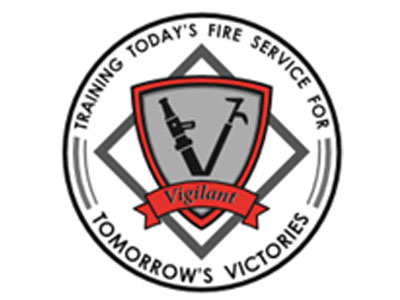 |
Ground Ladder Skills Practice #1302 (Instructor Guide) |
1.00 |
This is the Instructor Guide for Lesson #1302 Ground Ladder Skills Practice. This Instructor Guide is intended to prepare a lead instructor to deliver this course curriculum. Included in this guide is a review of lesson content, instructions for conducting the lesson skill activity and all required lesson materials. The lead instructor must pass this instructor guide course with a minimum score of 80% to receive the course materials for this lesson. |
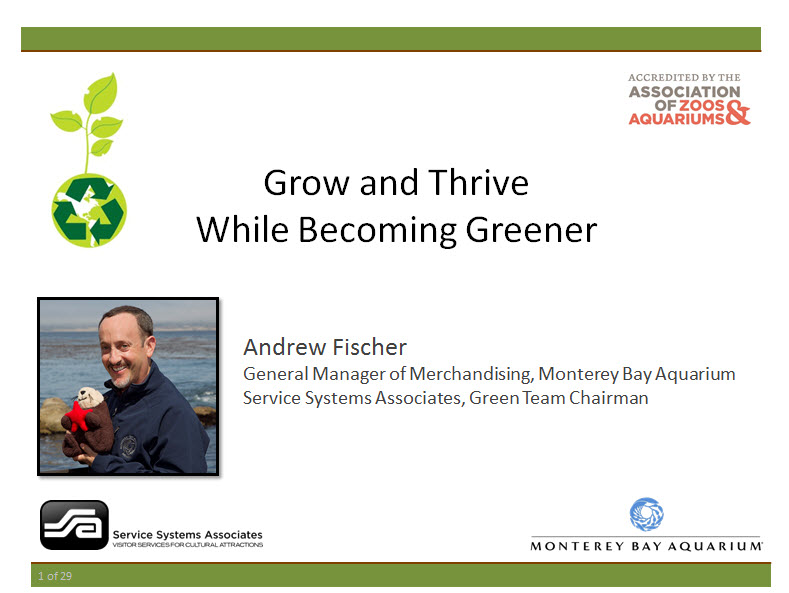 |
Grow and Thrive while Becoming Greener |
1.00 |
Andrew Fischer, Retail General Manager of the world renowned Monterey Bay Aquarium and Green Team Chairman for Service Systems Associates (SSA) will be presenting information about his company’s successful eco-efforts and how your organization can also grow and thrive while becoming greener. He will also review some of the challenges and opportunities that his company has dealt with over the years – and the many success stories his team has been inspired to pursue. Topics in this course will include:
- Partnering with your client or vendor to build a green team
- Learning green practices from others
- Establishing eco-friendly standards
- Communicating with your green team and locations
- Project programs – examples of successes and challenges
- Green financial vision
Andrew, as a representative of Service Systems Associates can provide additional information and resources for you to build a greener and healthier business |
 |
Growing as a Professional in School-Age Programs |
2.00 |
Caring for school-age children in a school-age program is a relatively new field of work. The field itself is constantly changing and expanding. In view of this "newness" and change, those who work in the field are playing an important role in shaping and defining what it means to be a school-age professional. They are guiding school-age care as an emerging profession. In the search for a definition of professionalism in school-age programs, it is helpful to examine the common characteristics of professionalism in other fields. The next step is identifying qualities and characteristics associated with professional behavior in the school-age field, itself. As a school-age professional, it is also important to understand the importance of acting as a public policy advocate on behalf of school-age children and their families. An important part of professionalism is continued personal growth and development in relation to the field. This requires using appropriate resources and strategies to further individual professional development. It also requires considering what constitutes ethical conduct in the field and developing an ongoing commitment to ethical behavior. |
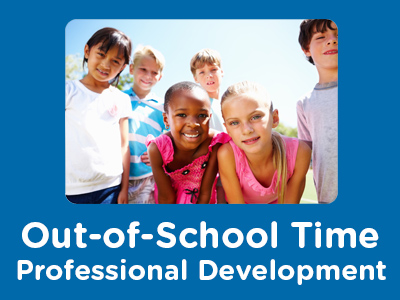 |
Growing as a Professional in School-Age Programs (Collection) |
2.00 |
Caring for school-age children in a school-age program is a relatively new field of work. The field itself is constantly changing and expanding. In view of this "newness" and change, those who work in the field are playing an important role in shaping and defining what it means to be a school-age professional. They are guiding school-age care as an emerging profession.
In the search for a definition of professionalism in school-age programs, it is helpful to examine the common characteristics of professionalism in other fields. The next step is identifying qualities and characteristics associated with professional behavior in the school-age field, itself. As a school-age professional, it is also important to understand the importance of acting as a public policy advocate on behalf of school-age children and their families.
An important part of professionalism is continued personal growth and development in relation to the field. This requires using appropriate resources and strategies to further individual professional development. It also requires considering what constitutes ethical conduct in the field and developing an ongoing commitment to ethical behavior. |
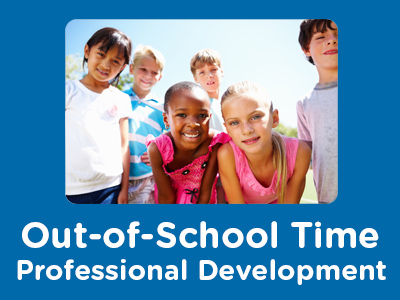 |
Growing as a Professional in School-Age Programs: Opportunities for Professional Development |
1.00 |
An important part of professionalism in the school-age field is continued personal growth and development in relation to the field. This requires using appropriate resources and strategies to further individual professional development. In this course, we will explore professional development opportunities for school-age staff. |
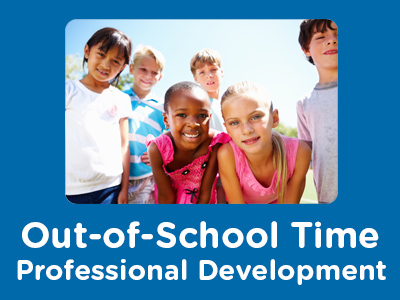 |
Growing as a Professional in School-Age Programs: Professionalism in School-Age Programs |
1.00 |
In the search for a definition of professionalism in school-age programs, it is helpful to examine the common characteristics of professionalism in other fields. The next step is identifying qualities and characteristics associated with professional behavior in the school-age field itself. As a school-age professional, it is also important to understand the importance of acting as a public policy advocate on behalf of school-age children and their families. |
 |
Growing as a Professional: Health and Stress Management (Collection) |
2.00 |
An important part of professionalism in the school-age field is continued personal growth and development in relation to the field. This requires using appropriate resources and strategies to further individual professional development. In this course, we will explore professional development opportunities for school-age staff. |
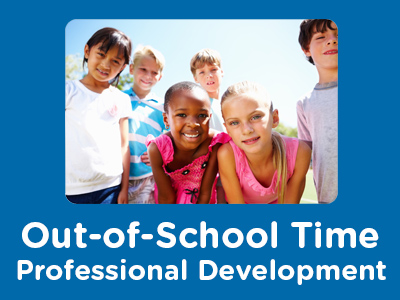 |
Growing as a Professional: Health and Stress Management: Nurturing and Maintaining Good Health |
1.00 |
Every day, school-age care professionals dedicate themselves to caring for and nurturing children, youth, and families. Often, school-age care professionals are so dedicated to serving others, they neglect their own needs. When this happens, school-age staff can experience stress that causes them to become overwhelmed, exhausted, frustrated, dissatisfied with job responsibilities, and unappreciated. When school-age care professionals maintain a healthy, balanced lifestyle, they are in a much better position to face the challenges of supporting and nurturing children and families with positive energy, enthusiasm, patience, and empathy. In this course, we will explore ways to nurture and maintain good health. |
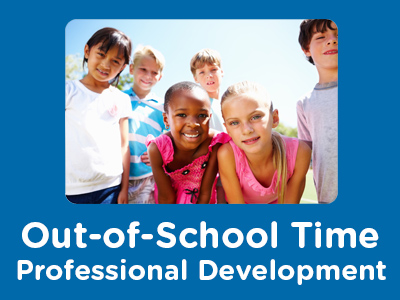 |
Growing as a Professional: Health and Stress Management: Strategies for Coping with Stress |
1.00 |
Every day, school-age care professionals dedicate themselves to caring for and nurturing children, youth, and families. Often, school-age care professionals are so dedicated to serving others, they neglect their own needs. When this happens, school-age staff can experience stress that causes them to become overwhelmed, exhausted, frustrated, dissatisfied with job responsibilities, and unappreciated. When school-age care professionals maintain a healthy, balanced lifestyle, they are in a much better position to face the challenges of supporting and nurturing children and families with positive energy, enthusiasm, patience, and empathy. In this course, we will examine strategies to help staff cope with stress. |
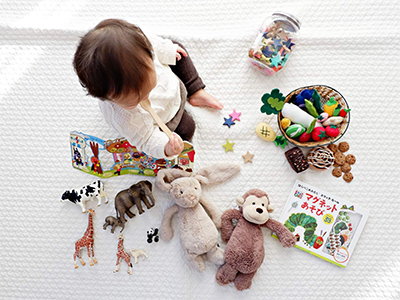 |
Growth and Development of Infants and Toddlers (CDA 1) |
2.00 |
A family child care early learning program that supports the growth and development of infants and toddlers needs nurturing caregivers, a healthy and safe environment, good relationships between family and caregiver, and appropriate activities to offer good quality care. This takes planning and knowledge of the growth and development of infants and toddlers. Find ways to enhance your family child care environment and build quality relationships with the infants and toddlers in your care.
This course is designed to be part of a Child Development Associate (CDA) Credential™ curriculum. It covers CDA Subject Area 1, Planning a Safe and Healthy Environment. This course can also be taken as a stand-alone learning event, or as part of a broader early childhood education curriculum. |
 |
Growth and Development of Preschoolers in Family Child Care (CDA 1) |
2.00 |
A supportive and healthy environment is key to promoting the growth and development of preschoolers. In this course, you will identify appropriate health and safety practices, examine how to develop developmentally appropriate activities, and explore how equipment and materials can help stimulate learning.
This course is designed to be part of a Child Development Associate (CDA) Credential™ curriculum. It covers CDA Subject Area 1: Planning a Safe, Healthy Environment to Invite Learning. This course can also be taken as a stand-alone learning event, or as part of a broader early childhood education curriculum.
|
 |
Growth Mindset in the Classroom |
1.25 |
This course covers how to incorporate a growth mindset in the classroom. It includes a comparison between growth and fixed mindset, as well as ways to help students have a "can do" attitude in school. It will help you develop new knowledge about this concept and how you can support a growth mindset in the classroom. This is just one of the many K-12 education courses we offer. |
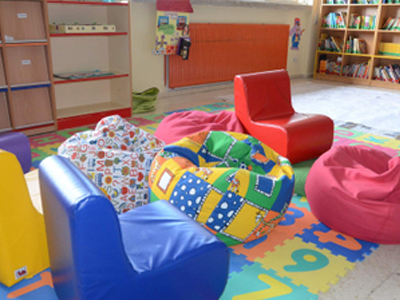 |
Guiding School-Age Children in Groups |
2.00 |
When large numbers of children are involved in the program, it is challenging to create and deliver school-age program activities that can meet the needs of all children. The key to success is taking a systematic approach to program planning. It is important for staff to understand how to select appropriate activity options and use effective management strategies that make it possible to offer a balanced variety of simultaneous activity options. This understanding will help staff plan and implement a program that effectively supports, nurtures, and guides individual differences and fosters positive interaction among children in groups. |
 |
Guiding School-Age Children in Groups (Collection) |
2.00 |
When large numbers of children are involved in the program, it is challenging to create and deliver school-age program activities that can meet the needs of all children. The key to success is taking a systematic approach to program planning. It is important for staff to understand how to select appropriate activity options and use effective management strategies that make it possible to offer a balanced variety of simultaneous activity options. This understanding will help staff plan and implement a program that effectively supports, nurtures, and guides individual differences and fosters positive interaction among children in groups. |
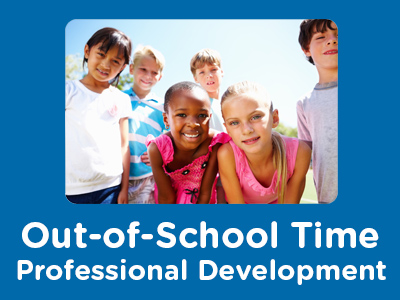 |
Guiding School-Age Children in Groups: MAPs and DDADA |
1.00 |
When large numbers of children are involved in the program, it is challenging to create and deliver school-age program activities that can meet the needs of all children. The key to success is taking a systematic approach to program planning. It is important for staff to understand how to select appropriate activity options, and use effective management strategies that make it possible to offer a balanced variety of simultaneous activity options. This understanding will help staff plan and implement a program that effectively supports, nurtures, and guides individual differences, and fosters positive interaction among children in groups. |
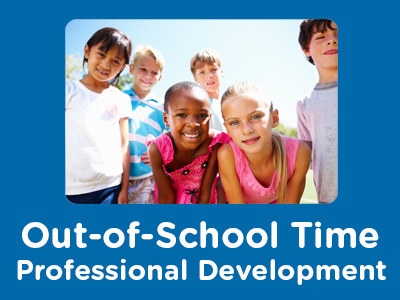 |
Guiding School-Age Children in Groups: Supervision and Boundaries |
1.00 |
When large numbers of children are involved in the program, it is challenging to create and deliver school-age program activities that can meet the needs of all children. The key to success is taking a systematic approach to program planning. It is important for staff to understand how to select appropriate activity options and use effective management strategies that make it possible to offer a balanced variety of simultaneous activity options. This understanding will help staff plan and implement a program that effectively supports, nurtures, and guides individual differences and fosters positive interaction among children in groups. |
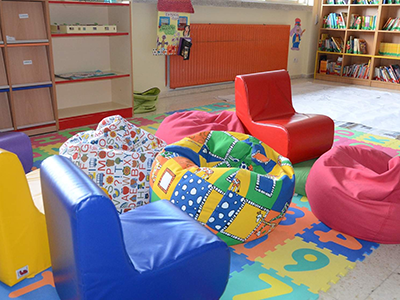 |
Guiding Students in Groups for Paraprofessionals |
1.00 |
One of the developmental needs of students is their need for guidance with behaviors. This course will develop knowledge and understanding surrounding strategies to use with students to develop self-discipline and self-direction and establish positive relationships with others. This understanding will help paraprofessionals effectively support, nurture, and guide individual differences and fosters positive interaction among students in groups. |
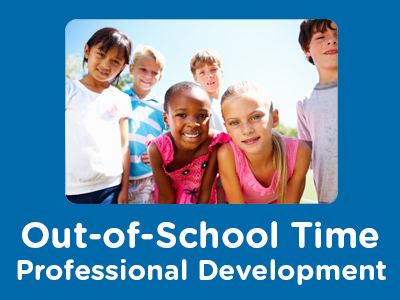 |
Guiding the Behavior of Individual Children |
2.00 |
This knowledge and understanding will help students develop strategies for creating programs that encourage individual children to develop self-discipline and self-direction, establish positive relationships with others, and exhibit respect for program materials and equipment and the rights of others. |
 |
Guiding the Behavior of Individual Students for Paraprofessionals |
1.00 |
One of the developmental needs of students is their need for guidance with behaviors. This course will develop knowledge and understanding surrounding strategies to use with students to develop their self-discipline, and self-direction, and to establish positive relationships with others. |
 |
Habilidades Básicas de Computación (Spanish) Basic Computer Skills |
2.23 |
En este curso, aprenderá cómo comenzar con su primera computadora, incluido el aprendizaje sobre archivos, configuración y mantenimiento de la computadora e instalación de software.
In this course, you will learn how to get started with your first computer, including learning about files, computer setup and maintenance, and installing software.
|
 |
Habilidades del siglo XXI en la primera infancia (CDA 2, 3 y 8) (Spanish) 21st Century Skills in Early Childhood (CDA 2, 3, and 8) |
2.00 |
En este curso, identificará las habilidades que se consideran esenciales para el éxito en el siglo XXI y examinará la conexión fundamental entre estas habilidades y el aprendizaje académico. También explorará áreas clave de aprendizaje de los estándares de aprendizaje para la primera infancia (desarrollo social y emocional y enfoques para el aprendizaje a través del juego) que pueden ayudarlo a promover el desarrollo de habilidades del siglo XXI en los niños con quienes trabaja. |
 |
Habitat Design |
2.00 |
Zoo staff are frequently asked to provide their expertise during the design and construction of an exhibit project. The more precise and timely their input, the better the exhibit will meet both the physical and psychological needs of the animals and their animal care staff. This course will provide a basic knowledge of the processes typically used to deliver projects and will help zoo professionals manage their efforts when they are called upon to be part of a project team. |
 |
Hamadryas Baboons |
2.00 |
The only monkey species that lives in both Africa and Asia, hamadryas baboons make their homes on the faces of steep, craggy cliffs. These social monkeys fill their days with traveling, foraging, resting, and playing. Discover more in this course. |
 |
Hand and Power Tool Safety Awareness |
0.34 |
This course covers how to protect yourself and others around hand and power tools. Hand and power tools are powerful pieces of machinery that make difficult jobs such as landscaping easier. However, when hand and power tools are not safely used, they can be very dangerous and result in serious injury or death. Being knowledgeable of how to use power and hand tools will make you and your team more efficient and safe. |
 |
Hand Rearing Avian Neonates |
1.00 |
This webinar will be devoted to outlining general guidelines for hand rearing avian neonates. While some avian taxa have specialized needs, requiring specific techniques, procedure and protocols, there are many things that all avian neonates have in common. An overview of those needs and the criteria involved in creating and implementing these protocols will be highlighted. |


























